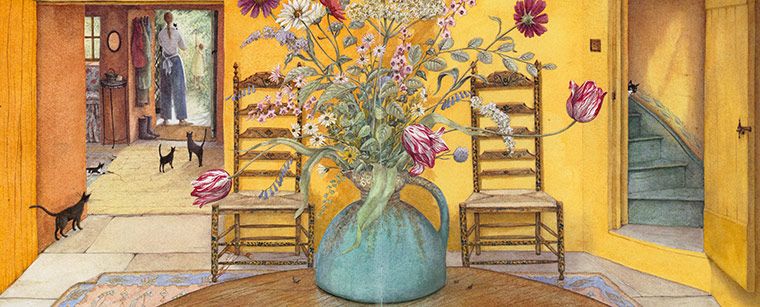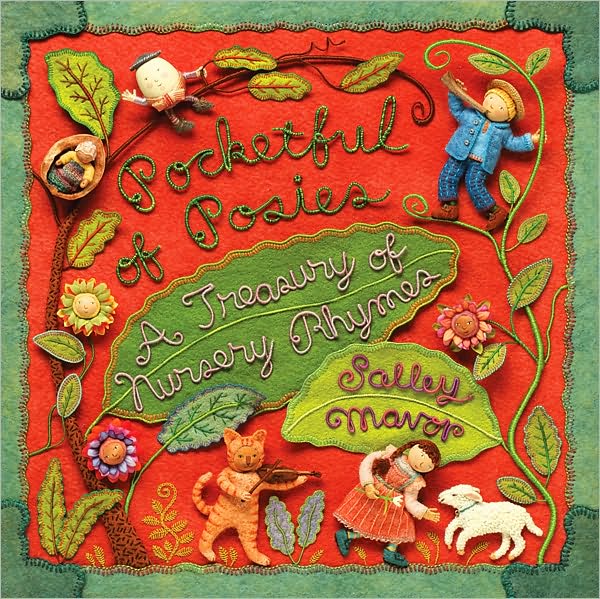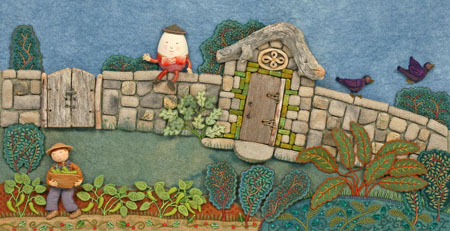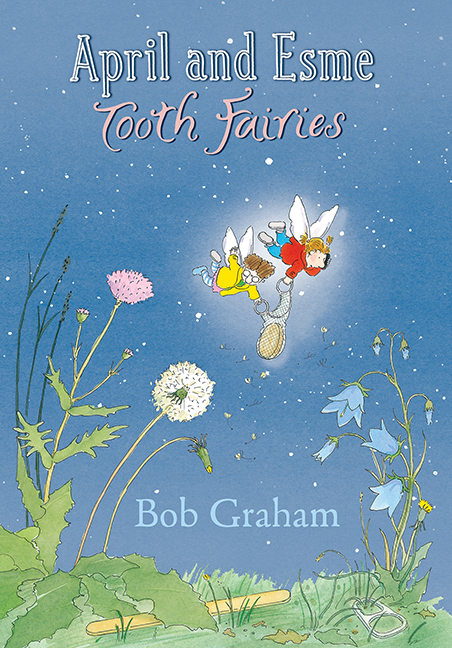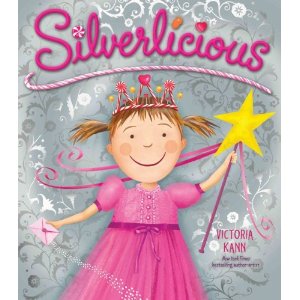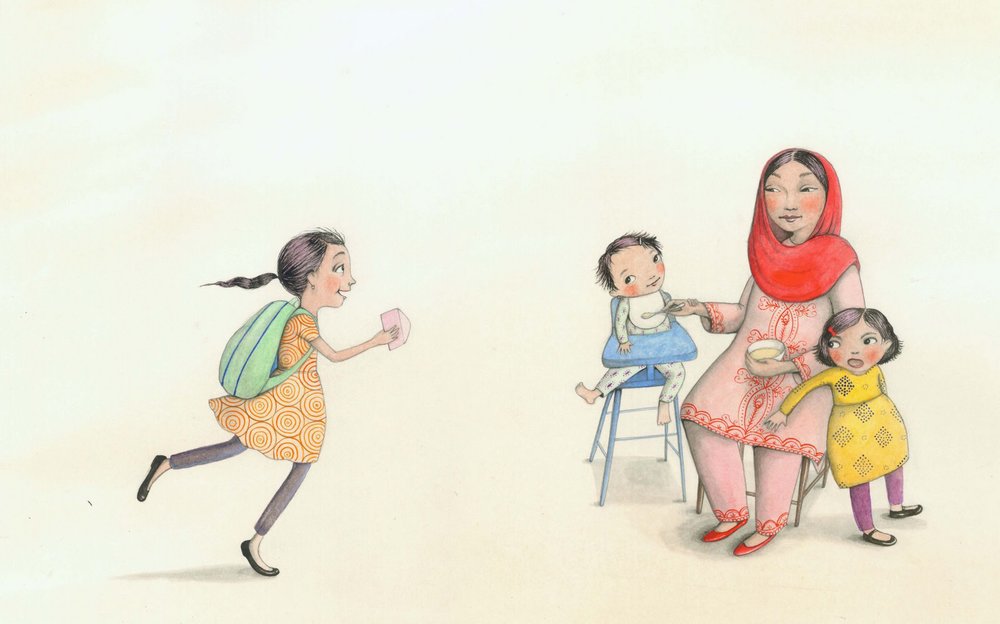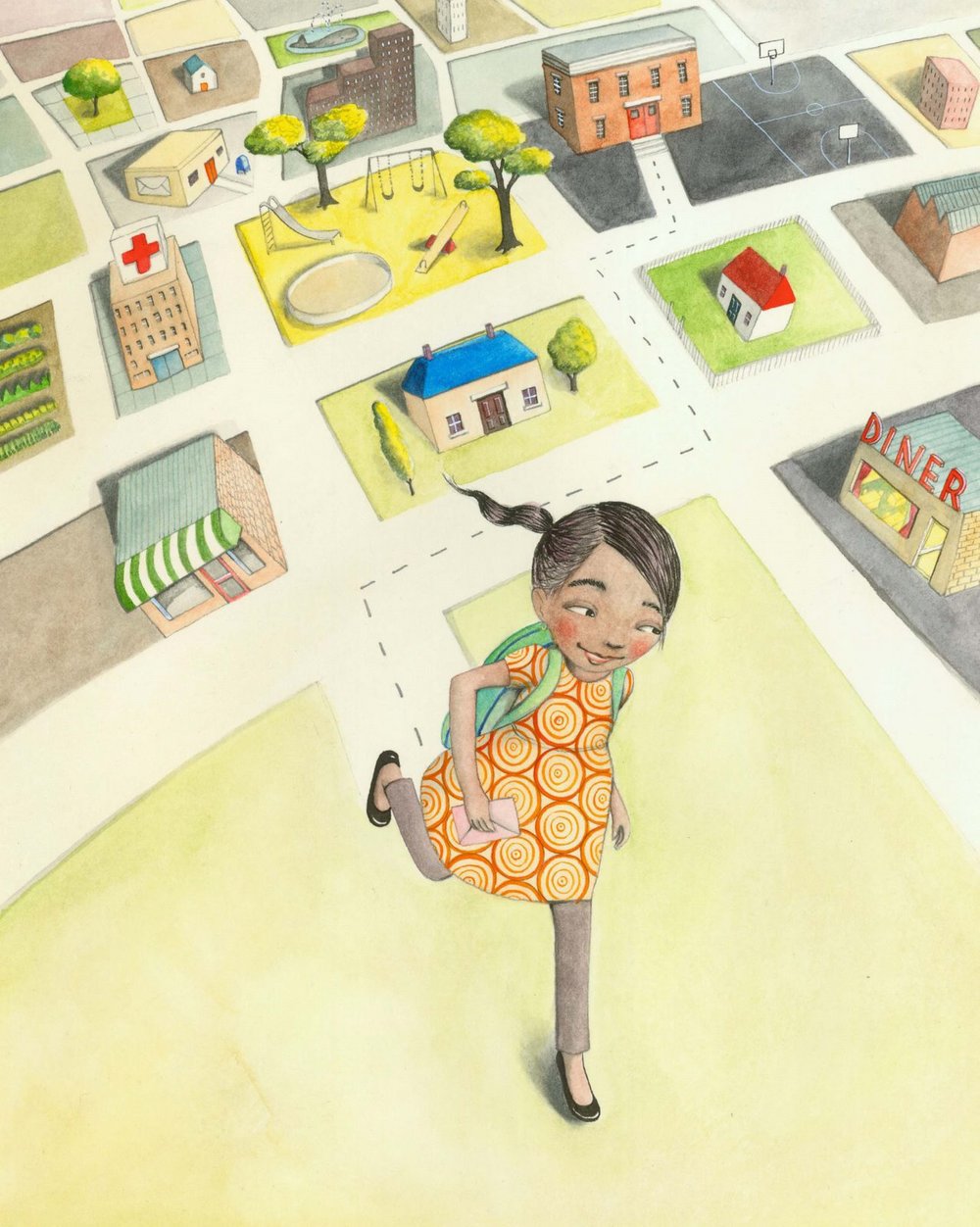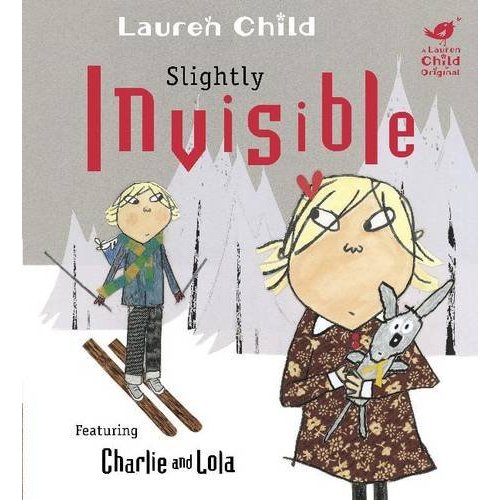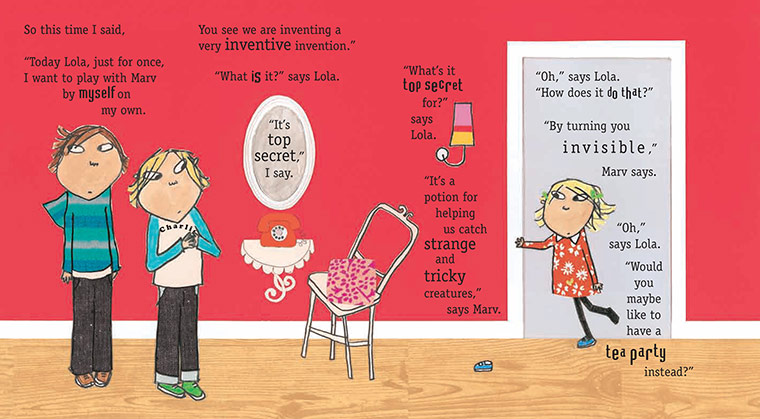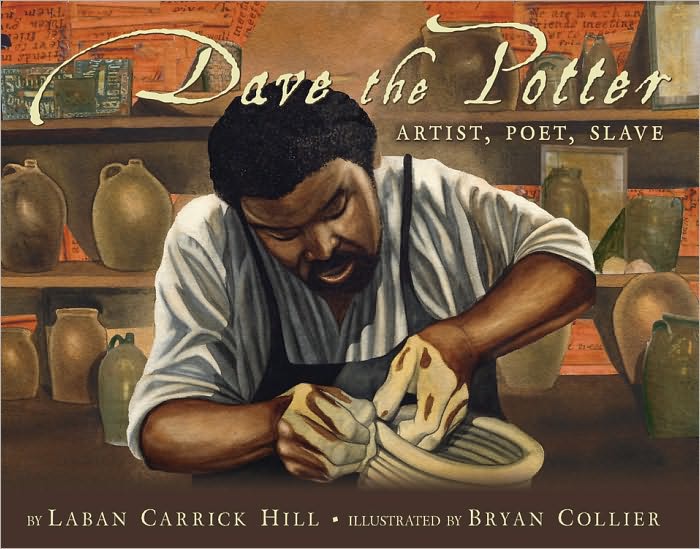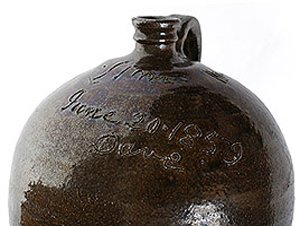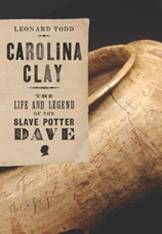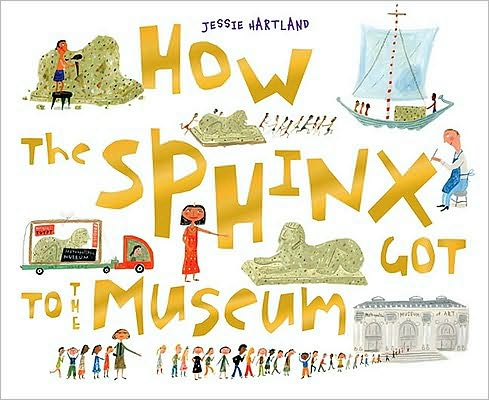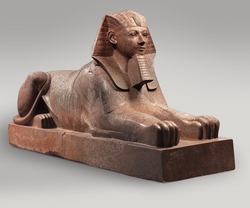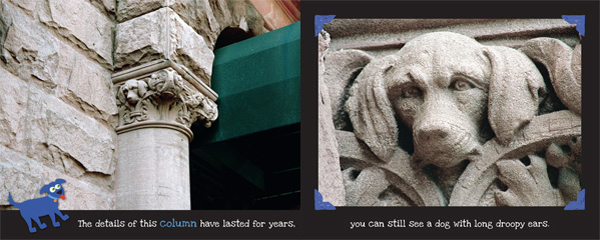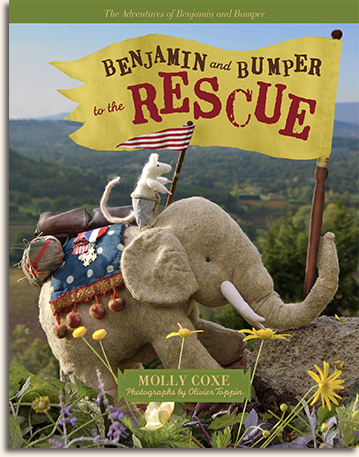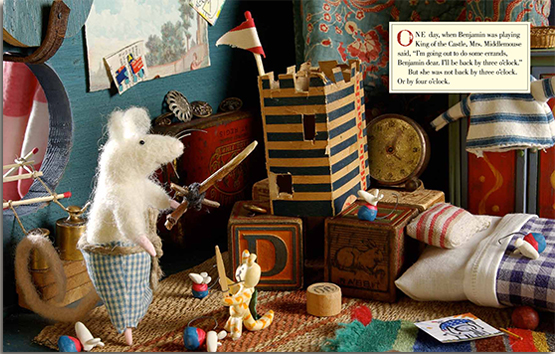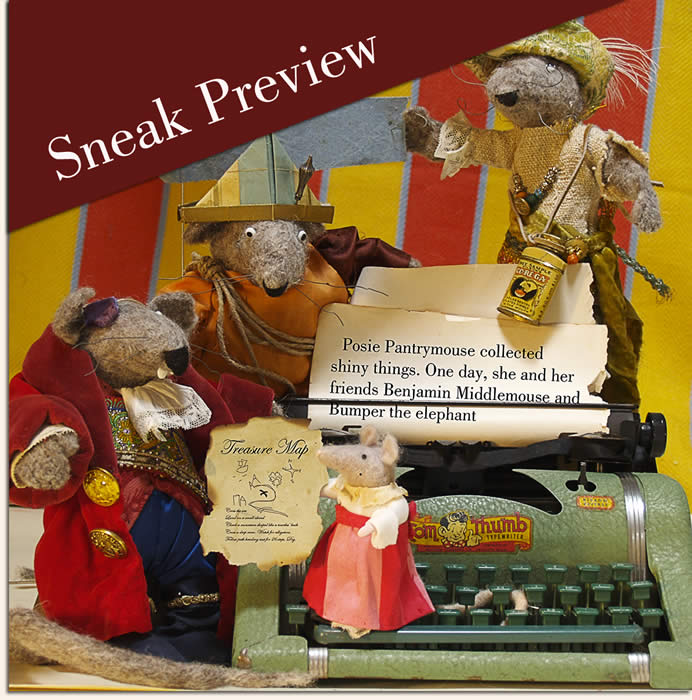[Books that Cook: A very occasional feature in which the Books Together Test Kitchen (that would be me and my kids) prepares a recipe from the back of a picture book.]
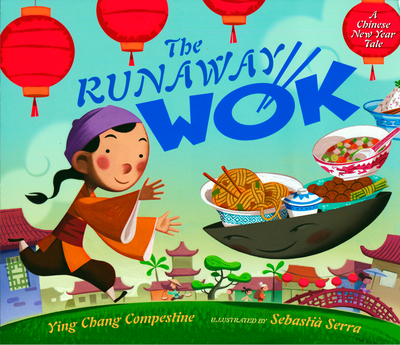 The Runaway Wok: A Chinese New Year Tale by Ying Chang Compestine (illustrated by Sebastia Serra; Dutton, 2011) doesn't overflow with rice (more's the pity, because the Festive Stir-Fried Rice recipe we tried was really good)--it's based on a traditional Danish folktale, The Talking Pot, instead. I found the economics (not to mention the ethics) of The Runaway Wok a little problematic, actually: the wok steals from the selfish, rich Li family to give to the poor, generous Zhang family. The Zhangs share the wealth with all the poor people of Beijing at a New Year's feast. And then they open up a wok shop!
The Runaway Wok: A Chinese New Year Tale by Ying Chang Compestine (illustrated by Sebastia Serra; Dutton, 2011) doesn't overflow with rice (more's the pity, because the Festive Stir-Fried Rice recipe we tried was really good)--it's based on a traditional Danish folktale, The Talking Pot, instead. I found the economics (not to mention the ethics) of The Runaway Wok a little problematic, actually: the wok steals from the selfish, rich Li family to give to the poor, generous Zhang family. The Zhangs share the wealth with all the poor people of Beijing at a New Year's feast. And then they open up a wok shop!
Ying Chang Compestine, who has written a number of cookbooks as well as children's books, includes an informative Author's Note about the Chinese New Year. She says, "The most significant dish for children is the festive stir-fried rice, cooked in a wok. The various ingredients in this dish represent harmony and happiness. Parents urge their children to eat it so they will get along in the coming year." We'll see.
Notes from the Test Kitchen
- This recipe works best with day-old rice. We used brown rice to make it extra-healthy.
- Feel free to make substitutions, like cubed fresh mango (instead of dried cranberries) and cashews. Delicious! I just hope it doesn't void the "harmony and happiness" clause.




